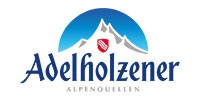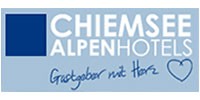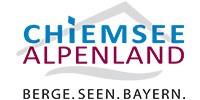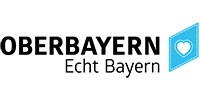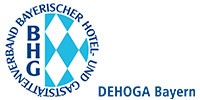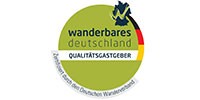Urlaub und Ferien in der Gemeinde Seeon-Seebruck
The three from the Chiemsee!
Seeon-Seebruck is located on the north side of the Chiemsee in the Chiemgau. It consists of the old self-sustaining communities Seebruck, Seeon and Truchtlaching.
>> Seebruck
am Chiemsee
>> Seeon on Lake Seeon
>> Truchtlaching at the Alz
Find out more:
The autonomous communities of
Seebruck, Seeon and Truchtlaching were merged within the framework of the 1980
regional reform. The main administration of the municipality Seeon-Seebruck is
in Seebruck. Another administrative office is in Seeon. The total area of the
municipality Seeon-Seebruck covers 47.93 km. In 2001, the total number of
inhabitants (main dwellings) was 4,295 inhabitants, today more than 5000
inhabitants.
Common infrastructure:
In addition to the tourism (total
beds around 1600) and the farms, there are many medium-sized businesses in the
municipality, Wood processing, construction companies, handicrafts,
etc.
Geological information about the municipality:
In the last
retreat of the Chiemsee Glacier the so-called morainic wreaths originated, with
Seebruck lying on the inner morainic wreath and the places Seeon and
Truchtlaching in the outer and most ancient morain wreath. (A geological guide
is available in the Tourist Information.)
Landscape and nature:
In
addition to the landscape protection area on the Chiemsee and the Alz, the
municipal area also includes a nature reserve in the lake lakes area. As well as
moors and felts, The Burghamer Felt and the Latschenfeld near Seebruck. The
scattered meadows lying close to the sea and the river are retreat areas for
rare plants and animals, For example the Siberian sword lily or the Brachvogel.
From mid-May to the end of June, the color highlight of these scattered meadows,
and in autumn the golden-brown hues suggest the coming quiet of the
winter.
Story:
The municipality of
Seeon-Seebruck is situated in the midst of a rich cultural landscape, which
covers a population of up to 3,000 BC, The Celtic or the Romans, in the Roman
museum "Bedaium" gives a good impression of the history of settlements
